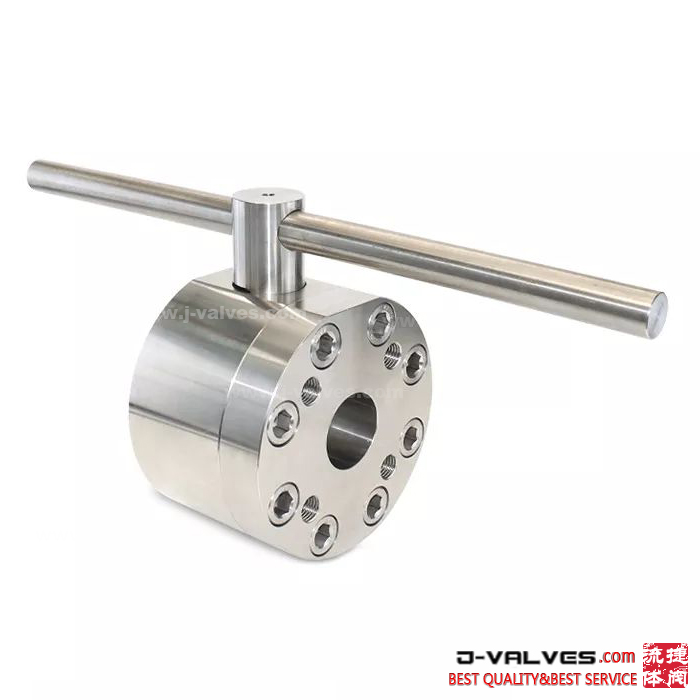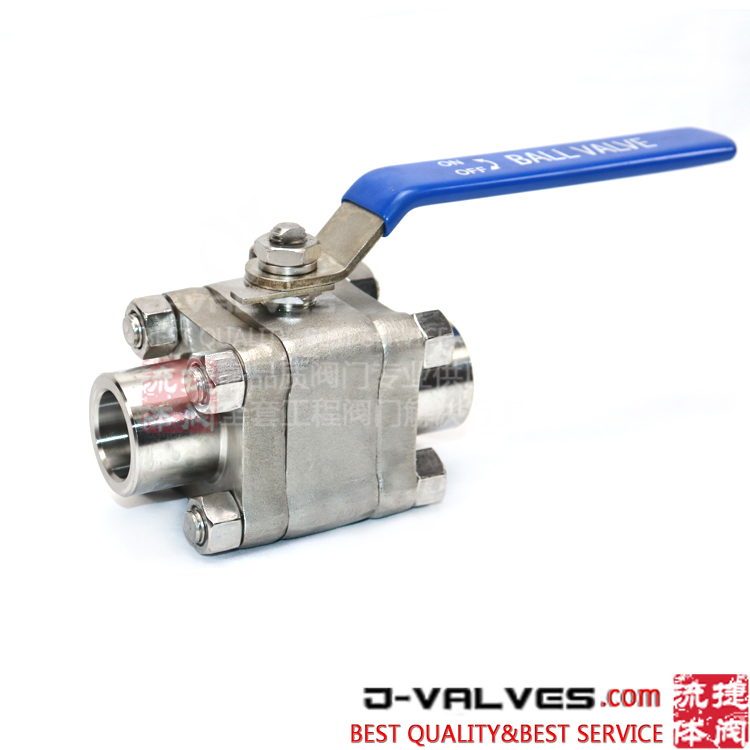I.Main Structural Components, Functions and Working Principles, and Adaptability to Different Diameters
1.Main Structural Components and Functions
The floating ball valve is mainly composed of the following structural components, each of which is as follows: Ball: It is the key part for the ball valve to open and close. There is a circular through hole on the ball. When the ball rotates 90° and the through hole is consistent with the pipeline axis, the valve opens and is vertical. When the medium is turned off, it will be controlled to control the circulation and cut-off of the medium. Valve body: It is the support body of the entire valve. It is generally made of metal material. It wraps internal parts such as balls, provides structural support for the valve, and bears the pressure of the medium in the pipeline to ensure the overall sealing of the valve. Valve seat: Usually made of polytetrafluoroethylene and other materials with good sealing and corrosion resistance, installed on both sides of the ball and fit closely with the ball. When the valve is closed, it plays a role in preventing medium leakage and ensuring the valve. sealing performance.
2.Working Principle
The ball of the floating ball valve is floating, and there is no fixed support shaft in the valve body, and it is supported by only two valve seats. At the same time, the valve stem is movably connected to the ball, making the ball "floating" state. When it is necessary to open the valve, the valve stem is driven to rotate by 90° through the handle, and the valve stem drives the ball to rotate. The circular through holes on the ball are aligned with the pipeline axis, and the fluid can pass smoothly to achieve the valve opening. When closed, rotate the handle in reverse and rotate the sphere so that the circular through-hole is perpendicular to the axis of the pipeline, blocking the flow of fluid and achieving valve closure. Under the action of medium pressure, the ball will move to the low-pressure side, thereby pressing tightly on the valve seat at the outlet end to achieve a sealing effect.
3.Adaptability to Different Calibers
Floating ball valves of different diameters have distinct features. Small-diameter ones (DN≤50mm), compact and easy to install, fit small-space scenarios like household plumbing and precise-flow-control small pipelines. Medium-diameter valves (DN50-DN200) are moderately sized, suitable for industrial and medium-building water systems, meeting
large-flow needs while maintaining sealing and regulation. Large-diameter valves
(DN>200) are bulky, need spacious installation areas like in large water projects. They handle large-flow, high-pressure transport but have large operating torques and may need dedicated drives.








































































































